![]()
![]()
Do you remember when you learned to read? I sure do! It was nothing short of magical. Learning to read was my sole mission for attending kindergarten. Each day I would head off to school eager to finally get my hands on a book. Then, finally, it happened! About halfway through my kindergarten year, I was given a little decodable book called Mac and Tab. My teacher showed me how to make all the letter sounds that I knew and blend them together to form words from the sounds. There were fireworks, the hallelujah chorus sung, and a unicorn flew across the classroom. Ha! Not quite, but it was incredible! I was reading!
Decodable Books vs. Traditional Guided Reading Instruction
Fast forward to my first year teaching first grade. It was small group time and I had a classroom full of the cutest little books for my kiddos to read. We gave an assessment and found their “reading level.” All I had to do was match that reading level to the books and ta-da! My kiddos would be reading.
But wait!!! These books were a little different than my little Mac and Tab book. They had a few words that students could sound out, but there were so many words that they had to use reading strategies to decode. Picture clues, getting their mouth ready for the first sounds, skipping the word, rereading, and guessing what might fit in the sentence. (WHAT?!?!)
Hmm… I thought many times. This was not how I learned to read, but this is how my school (along with most schools at the time) did their reading instruction. Don’t get me wrong, it worked for many of my students. They were able to figure out most of the words the little readers contained and move forward through the reading levels. On the other hand, some of my kiddos, the ones who struggled the most never advanced their levels.
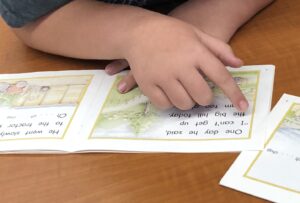
Decodable Books Can Be a GameChanger
I had one little guy, let’s call him H and for a couple of months, he stayed right there one level A. It was frustrating for him and me too, to say the least. H was defeated on a weekly basis and I felt that way too. These little readers were supposed to help him learn to read right? I was teaching the strategies, and he knew them, but still, H could not ready those dang guided readers.
I racked my brain. H knew many (if not all) consonant and short vowel sounds. What if we abandoned the readers and instead began to use a book he could sound out? I was ready to try anything! So we started with a few plain old index cards that I had written words and phrases on with a Sharpie. And guess what! By the end of the week, he could read those homemade cards fluently! He had confidence and was ready for more. The frustration was gone and we were both elated with the progress that had been made that week.
After the cards, I started making little books just for H and his progress continued. It was magical! Fireworks! The Hallelujah Chorus! A unicorn even flew across the classroom! From then on, I have been a firm believer in decodable texts.
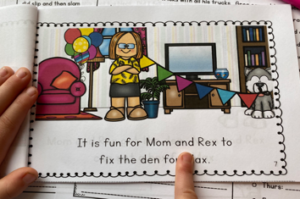
Who needs Decodable Books?
The short answer is ALL students. Decodable text help students master phonics patterns by connecting the individual patterns to meaningful sentences. They help students to review previously taught patterns. Decodable books can be particularly helpful for students in the early stages of reading.
- Kindergarten students
- First-grade students
- Many second-grade students
- Students with dyslexia
- Students with specific learning disabilities in reading
Benefits of Decodable Books
- Decoding skills
- Reading fluency
- Confidence
- Mastery of phonics skills
- So much more!
How Can You Tell If a Text is Decodable?
Decodable books are books that align with phonics patterns that students have mastered. Let’s look at some example sentences.
- The cat went down the stairs.
- The cat ran on the steps.
The first sentence would probably be found in a guided reading book. It would have a picture of a cat running downstairs and students would use the picture to figure out what the sentence said. For instance, students could sound out the word cat, but the others are irregular. Which means they do not follow typical phonics patterns.
To find the decodability of a sentence or book: number of decodable words/total words in the sentence. The decodability of the first sentence is 16% and the decodability of the second is 83%. Huge difference!
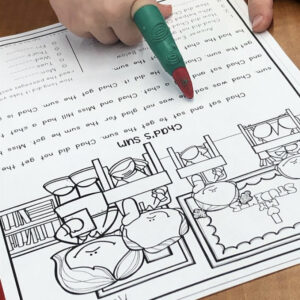
Irregular Words
Now let’s talk sight/irregular/jail/heart/rule breakers (whatever you want to call them) words. It would be difficult to write a sentence that did not have a least one irregular word. Irregular words are crazy little words that do not follow typical phonics patterns. This is where sight word instruction comes in. These words do have to be taught separately and essentially memorized by a student.
- Go slow when teaching these, do one or two a week, and gradually build up from there.
- Teach irregular words as they come up in our reading groups.
- Check the book you plan to read and make a list of the sight words students have not been taught.
- Teach those prior to reading the text and support them as needed when they occur in decodable books.
- Ready to get started with decodable books in your reading groups? Check out this post to read more.

Want to receive a FREE decodable book from me? Click the book to sign up for my newsletter below! 
Don’t miss out on these freebies from my tpt store!
Decodable Text Mega Bundle in my TPT store
Free Level 1 Passages
Free Level 2 Passages
Free Level 1 Book
Here are some other options that I have used:
- Reading A-Z has a whole library of decodable text. Occasionally, I have difficulty matching it to my readers, but it was still a great resource. They offer a 15-day free trial that would definitely let you try their books out.
- Fly Leaf is offering ALL of their decodable texts for free at the time of this writing (11/23/2020). I like this company as well for students who have mastered consonants, short vowels, and some blends and phonics chunks.
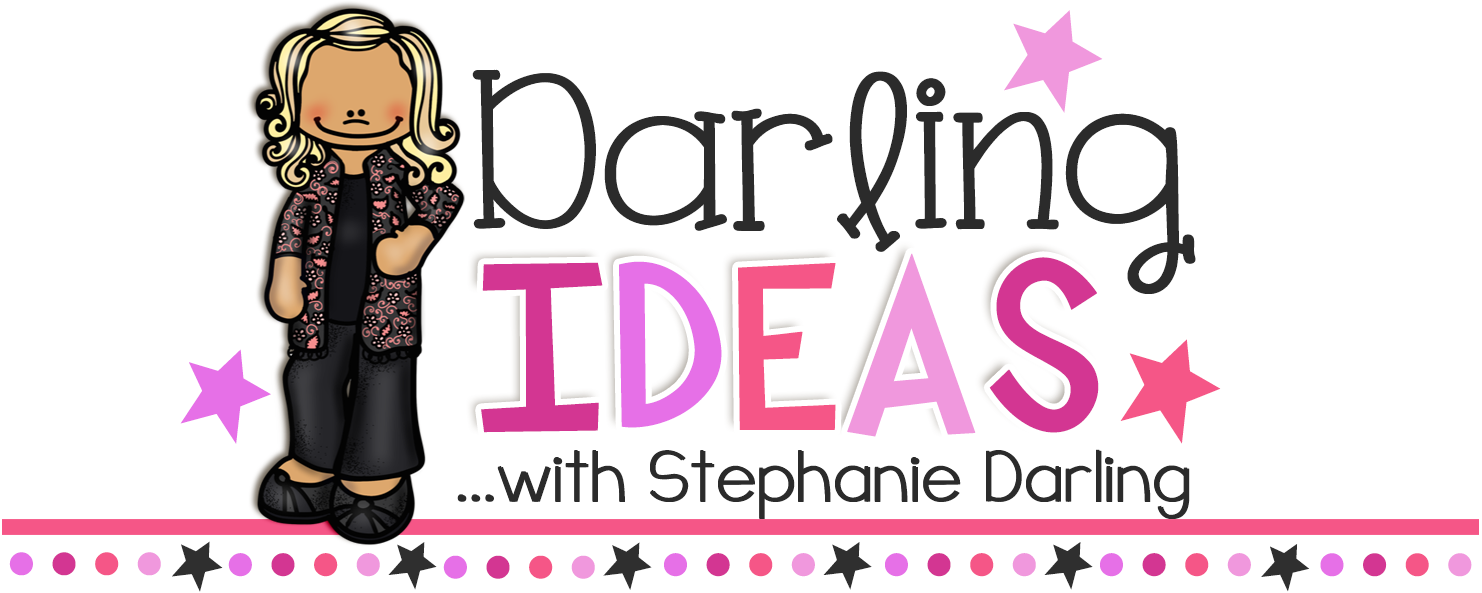




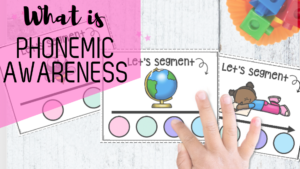


No Comments